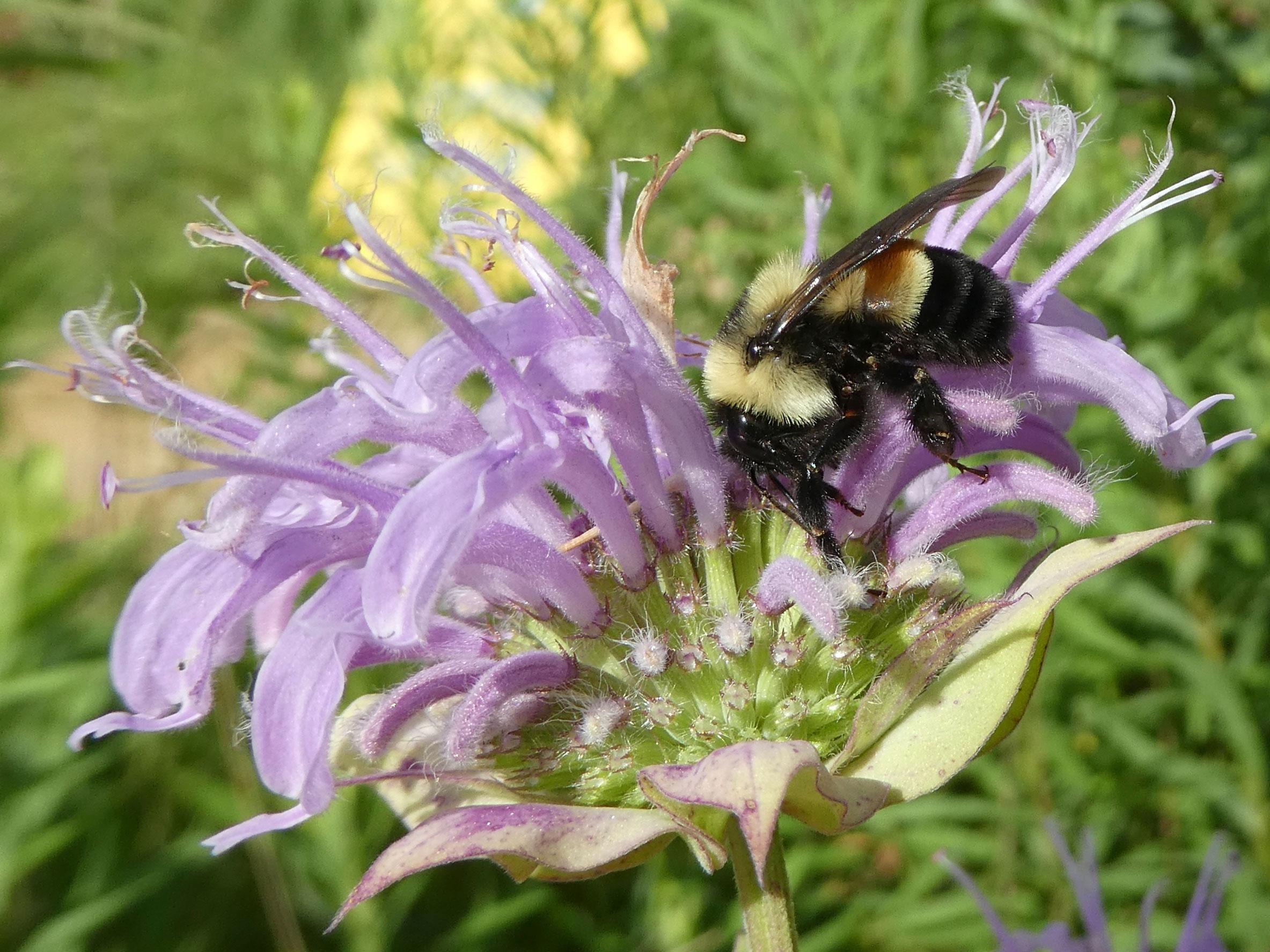Rusty patched bumblebee is first insect of its kind to be declared an endangered species in continental US
Population has fallen by around 90 per cent in 20 years

A bumble bee that was a common sight across a huge swathe of the US just 20-years ago, is "now balancing precariously on the brink of extinction" and had become the first of its species to be declared endangered.
The rusty patched bumblebee (Bombus affinis) has seen its population has fallen by an estimated 90 per cent in the last 20 years because of disease, pesticides, climate change and habitat loss, according to the US Fish and Wildlife Service.
“Our top priority is to act quickly to prevent extinction of the rusty patched bumble bee,"said the Service's Midwest Regional Director Tom Melius. "Listing the bee as endangered will help us mobilise partners and focus resources on finding ways right now to stop the decline.”
Once commonly found across the upper Midwest and Northeastern US, the creature was dur to be listed as endangered in September 2016.
But this was delayed as the Trump administration froze federal protections plans passed in the closing period of Barack Obama's presidency.
Conservation groups that had called for the new classification welcomed the move.
"The listing helps mediate threats for this species and for all of those other animals out on the landscape that are suffering similar setbacks," said Rich Hatfield, senior biologist at the Xerces Society for Invertebrate Conservation.
The rusty patched bumble bee is among a group of pollinators, according to the US Fish and Wildlife Service.
"Without them, our forests, parks, meadows and shrublands, and the abundant, vibrant life they support, cannot survive, and our crops require laborious, costly pollination by hand," it said.
Crops including blueberries and cranberries depend on them and they are almost the only insect pollinator of tomatoes in the US.
There are around 4,000 bee species native to the US, including Hawaii.
However, a recent study by the Centre for Biological Diversity found that more than 700 of them may be close to extinction.
Join our commenting forum
Join thought-provoking conversations, follow other Independent readers and see their replies
Comments